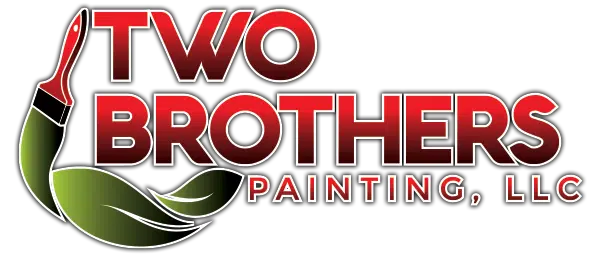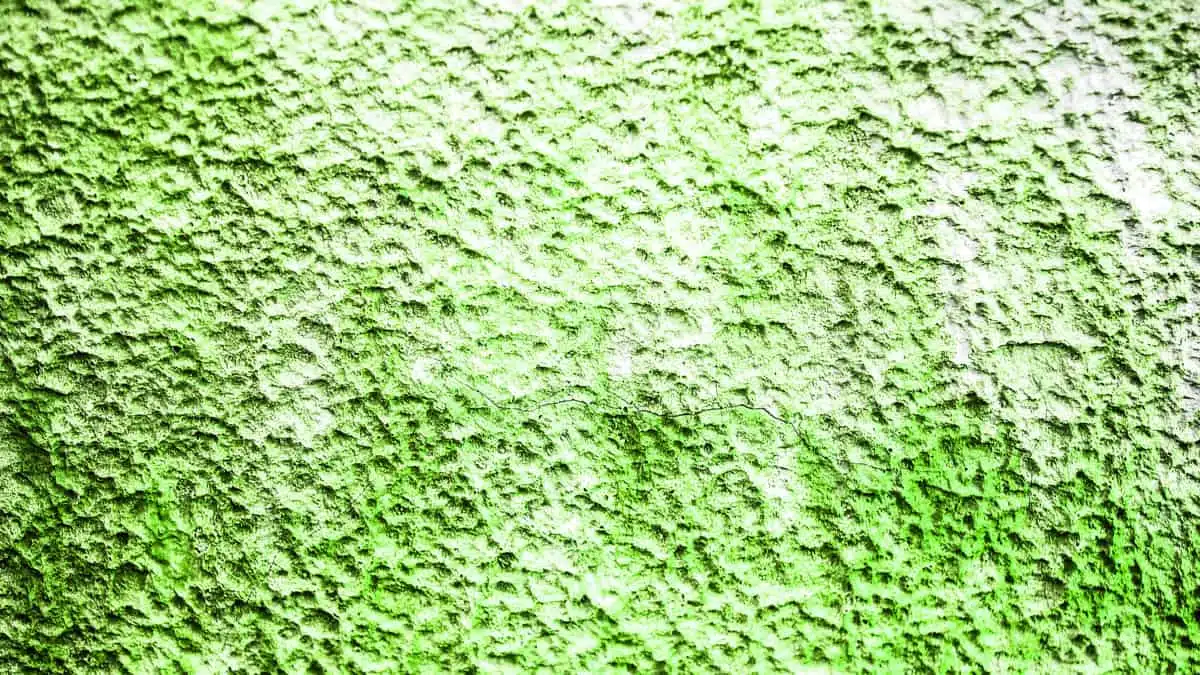If you want to add style and a custom look to your walls, you can choose a textured drywall. You can use this choice to add interest to a room and create a different look. You should consider the design, shape, decor, and feeling that you want the room to have, and look at the different options. Take a look at some of the different types of drywall texture and how they work in your home.
Smooth Texture
The standard texture is smooth. This is a simple finish, and it works well with any color or decor. You can use it with modern designs where you want more minimalistic and stark features, but you can just as easily use it with any color or style. If you aren’t looking to use texture as a design feature, you should stick with a traditional smooth finish.
Orange Peel Texture
The orange peel texture looks similar to the texture of an orange peel. It can last a long time, and it is popular in homes with a Southwestern or Spanish design. You will find it paired with beige, shades of orange, yellow, and cream. However, it can work with any color that fits in with your theme.
Popcorn Texture
The popcorn texture was popular in the 1960s and 1070s, and it creates a raised series of bumps in the drywall. This texture is most commonly used on ceilings, and it works best in a room that is retro or where you want to hide imperfections in the drywall.
Swirl Texture
You will find the swirl texture on both ceilings and walls, and it is popular on the East Coast. The texture is a series of half circles throughout the drywall, and it lends interest to the paint and the decor in the room. This is a fairly simple texture style that works well in traditional homes.
Machine Brocade Texture
The machine brocade texture is commonly used in a lot of homes that are built today. It has a varied pattern, and there are sections raised up in large pieces. It just adds interest to the wall, and it can be painted in any color. Some people call it a map texture because the raised areas resemble raised land on a textured map.
Santa Fe Texture
The Santa Fe texture reminds you of adobe buildings that are common in the Southwest. Most of this time, you will find this pattern in New Mexico, Texas, Arizona, and California. You will want to use it when you are creating a southwestern theme in a room.
Other Textures
Although the above styles are commonly used, you can create any style you choose with sponges, trowels, and brushes. Your options are unlimited; the key is to make sure that you match the texture to the decor in the room. If you want the walls to stand out, adding texture is a great way to do so. You can also cover imperfections and create a unique look for your home.

